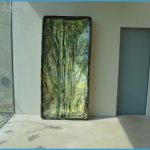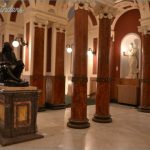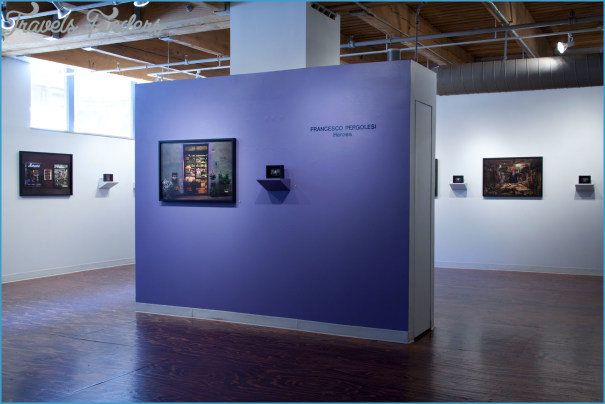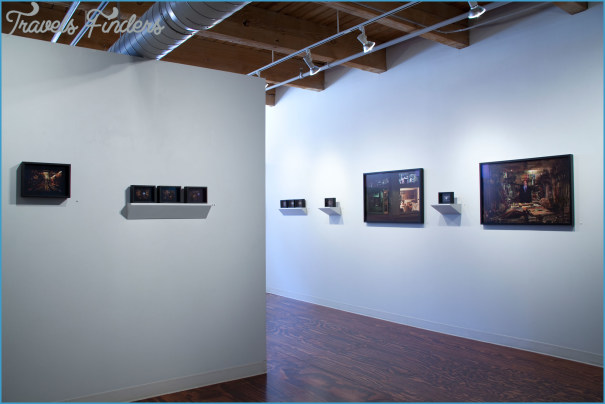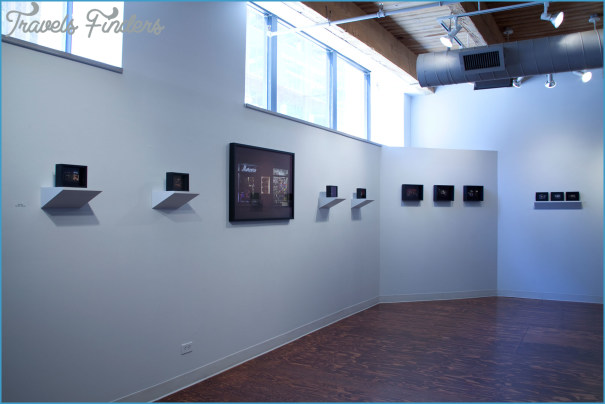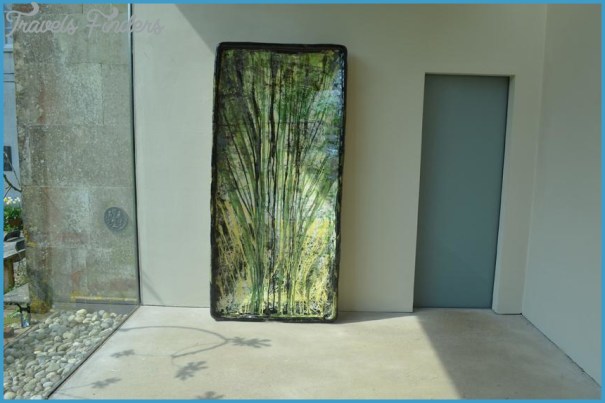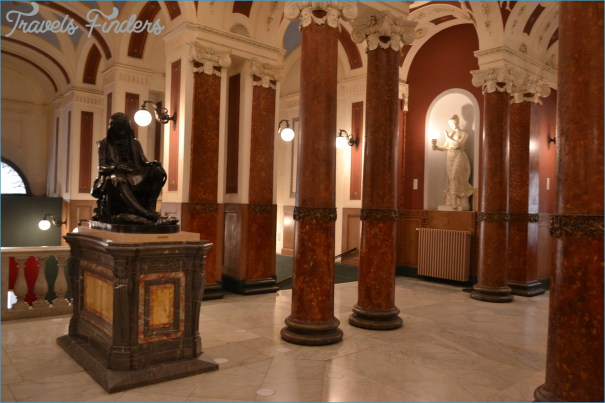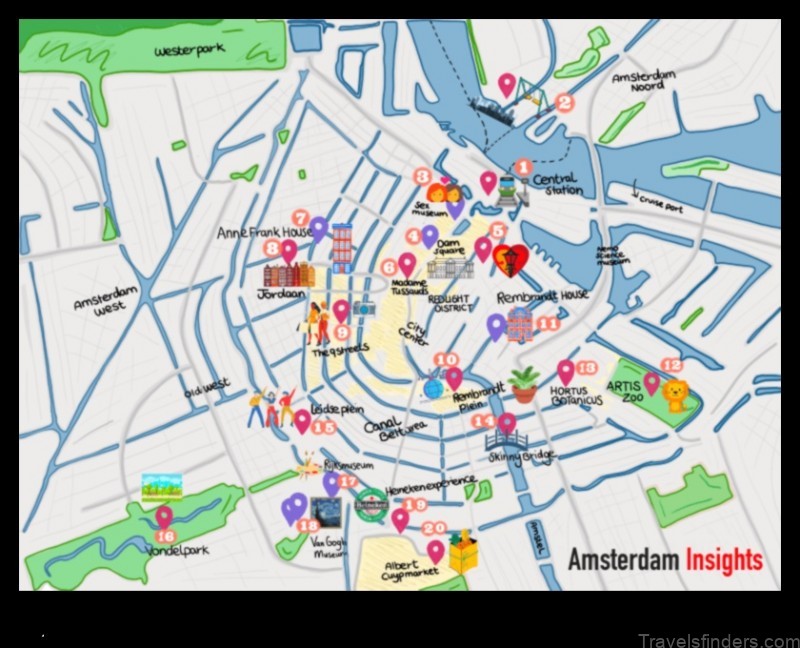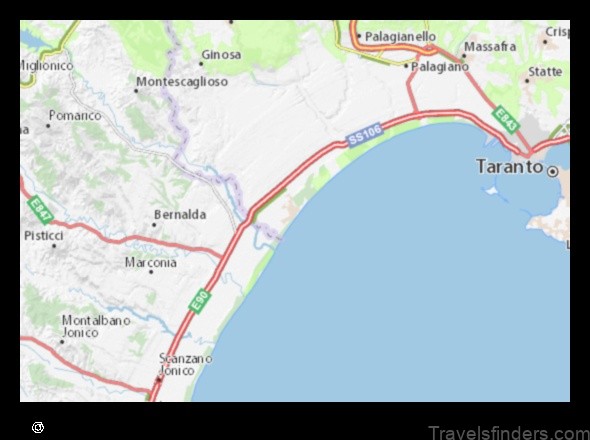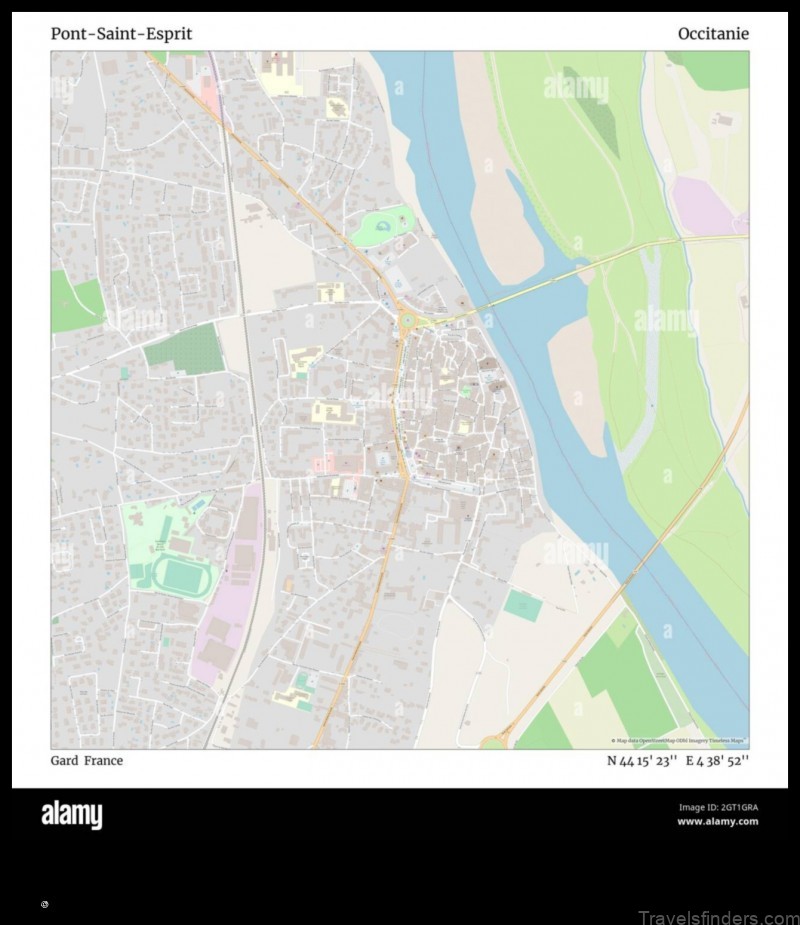PERGOLESI MUSEUM
His early death and the prodigious reputation of just two of his works – the intermezzo La serva padrona and the Stabat mater, composed on his deathbed – made Pergolesi famous in the 18th century, so famous that libraries abound with manuscripts falsely bearing his name (some of them fooled Stravinsky into thinking he was using only Pergolesi’s music in his Pulcinella). But not until the 21st century did the city of Jesi set up a museum to commemorate its most famous musical son. Giovanni Battista Pergolesi was born in the city, a few kilometres inland from Ancona, in 1710; his family had settled there some 75 years before. Like numerous other Italian composers of his generation from the Adriatic coast, he went to Naples to study. A single spell in Rome apart, he remained there for the rest of his life, and at the beginning of 1735 he went to a convent in Pozzuoli, close by, where he died of tuberculosis in March. He is commemorated there by a tablet in the cathedral.
The Comune of Jesi initially commemorated him on the bicentenary of his birth, in 1910, when a marble bust by Alessandro Lazzerini, now restored and housed in the museum, was erected in the Piazza del Statuto (or Piazza Pergolesi). Plans for a museum took nearly a century to come to fruition. It was only in 2001 that the Sale Pergolesiane (Pergolesi Rooms) were inaugurated in the city theatre, the Teatro Comunale G.B. Pergolesi. The Pergolesi Rooms, on the first floor, can be entered from the street that runs alongside the theatre, or direct from the body of the theatre (which also houses a Sala Spontiniano, for Spontini too is, almost, a local composer: see Spontini).
PERGOLESI MUSEUM Photo Gallery
The Comune was able to call on several local libraries, archives and other collections, not to mention dealers from across Italy, to fill its three spacious and attractively restored rooms (the ceilings are especially fine). In the first pair of rooms the exhibits concentrate on Jesi and its place in Pergolesi’s life – his family tree, views of the city, the original baptismal entry and other documents, coins and publications dating from his time there, his masters during his early years. There are Pergolesi biographies, and a model swan, in plaster – for he had been dubbed il cigno di Jesi’. His later years are commemorated in the further room. The Naples residences and other sites there are strongly represented, as are his Neapolitan School contemporaries. From Rome there is a Ghezzi caricature which goes beyond the London one (also reproduced) by showing the deformity of a leg from which Pergolesi suffered. A section on his works and his reputation displays scores and librettos, including, of La serva padrona, one from Paris, where it made such a stir in the 1750s. Most of the portrayals of Pergolesi himself, only Ghezzi’s apart, are necessarily posthumous guesswork, but at least they tell a story of how seductively the Swan of Jesi sang after his death. This continues in the Sala del Ridotto with its array of pictures (1825,1845,1880) and busts (1872,1881, 1907) along with stage designs and music – including examples of misattributions.




